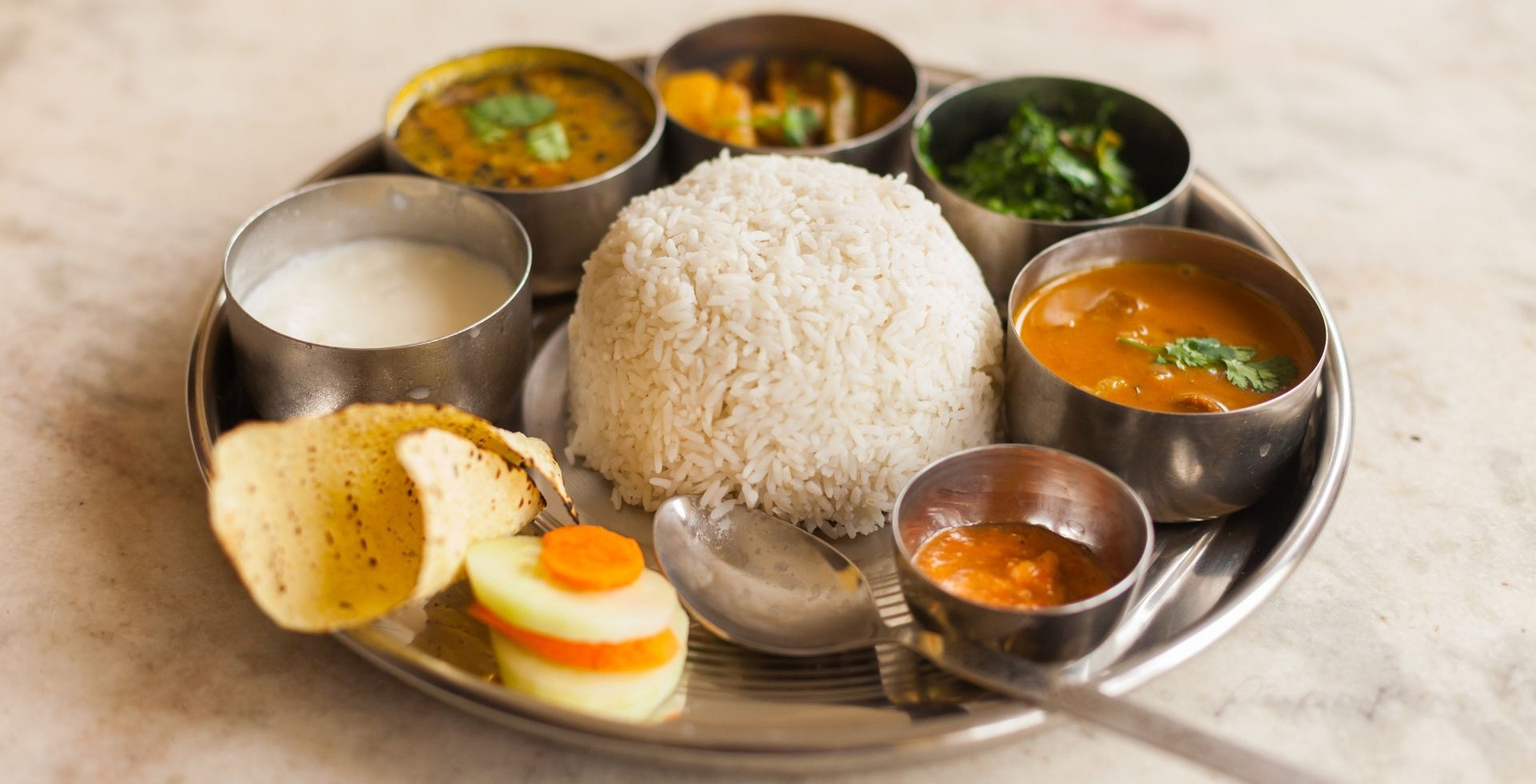
Is Nepali food similar to Indian Foods? No, they are different but yet look similar. There are a few things to know about Nepali foods that separate them from Indian foods. Nepalese food is more inspired by the style of Tibet and China specifically. However, we can't fail to remember the zestiness of tastes from India. As we see, the two India and China share similar flavors and the adoration for curry and rice stays for what it's worth. Indians like to have weighty smooth and sweet food yet Nepalese end up being the inverse. Not to neglect however they are astonishing in their own specific manner. They could utilize a piece of various styles of broiling and cleaving, however, the mix of tastes is something that makes both extremely interesting.
Nepal didn't have driven-thru eateries and eating out was simply not a culture a few years back. Those were put something aside for intriguing, extraordinary events. Nepali food is directly up tasty yet since it doesn't get perceived so a lot, we thought we'd share a few things about Nepali food everybody ought to know. We trust that some time or another Nepali food will get to spread all around the world like standard Chinese, Japanese, and Indian cooking.
Since it's a significant misconception, we thought we'd clean this up right up. While we heart Indian food, we don’t like it when Nepali food is lumped along with Indian/Pakistani/Bengali food. We most certainly share a few similitudes yet every cooking is interesting in their own specific manners. I think a ton of it likewise comes from the way that most Nepali or Indian restaurant (in the UK) offer Indian/Himalayan/Nepali food together which makes it considerably more befuddling for individuals.
Most of the Nepalese grew up eating raw instant noodles with sodium and MSG laden spice mixes as after-school snack. Titaura and Churpi are also pretty popular 'Nepali candies'; titaura slightly reminds us of sour straws (except that tiraura can be spicy, sweet, sour and typically made with tamarind, hog plum, mango, preserved lemons) and honestly, we have no clue how to describe churpi. It's hardened cheese that is hard as a rock and has a strong cheesy flavor.
Daal-bhaat-tarkari is eaten twice (as lunch & dinner), if not at least once every day in most households. However, remember that Nepal is a diverse country and depending upon the region you are from, your staple could be barley, buffalo meat, or potatoes.
Ovens and microwaves are almost nonexistent in most households although it's starting to change now. We satisfied our pastry, cookies, and bread desires by going to nearby bakeries as often as possible. Bakeries are pretty common in Kathmandu; we ate wide varieties of delicious/colorful pastries, cookies, and breads. Similarly, pizza, lasagna, baked chicken, etc is something we reserve for dining out.
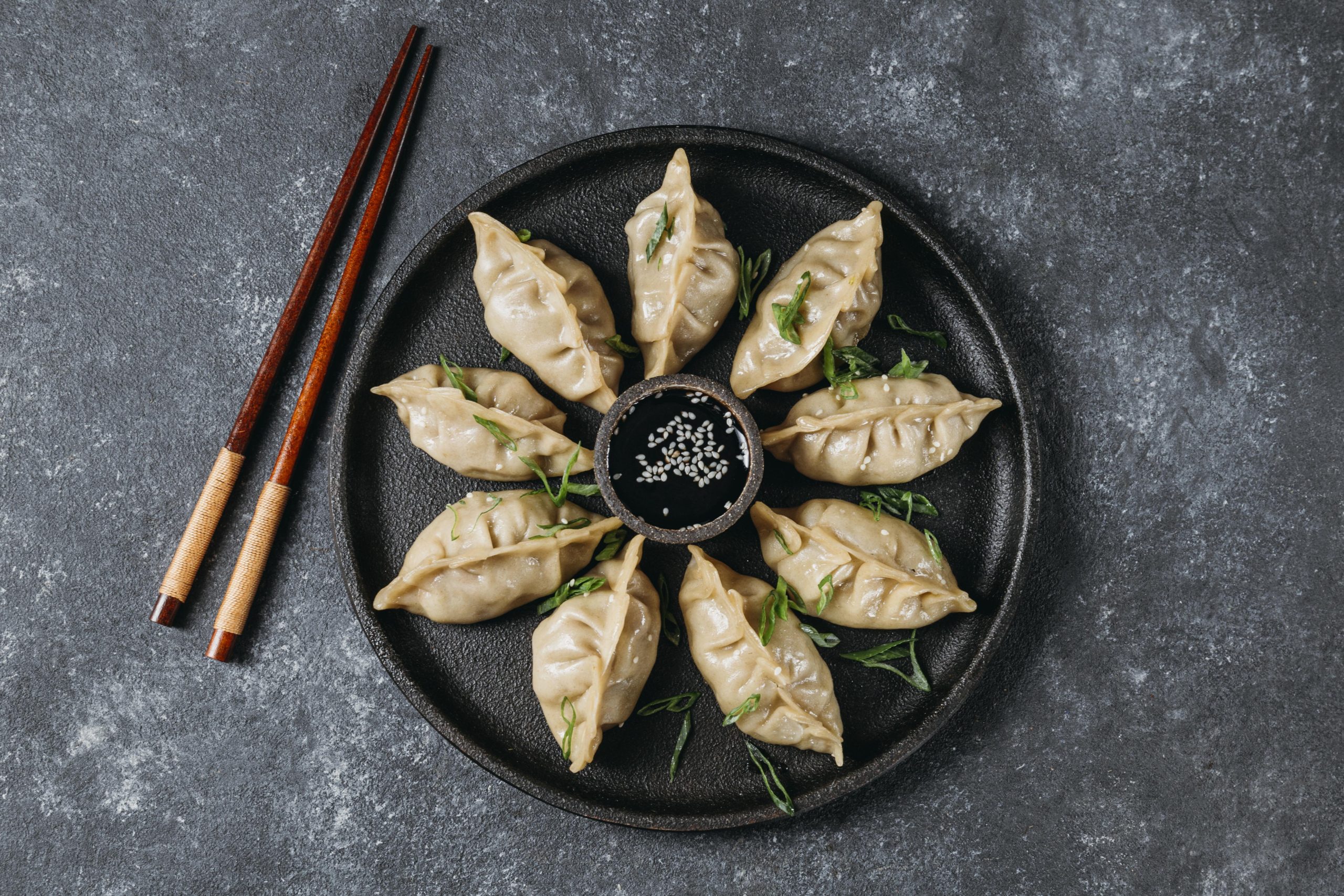
We have talked quite a bit about mo:mo here and every time we hear the word mo:mo, we want some right away. It's the same way with most Nepali people we know everywhere. Like McDonalds, you will see restaurants selling mo:mo at every corner in Kathmandu, some outside on a gigantic steamer as well. We are writing this based on our experience growing up in Kathmandu almost a decade ago. We are sure a lot of it has changed over the years but we hope this gave you guys some idea on what Nepali food is like. We'd love to hear your thoughts and if you are Nepali or have tried Nepali food, tell us some of your experiences.
Although, Vegetables are a common factor between both apart from the spices. Tomatoes, Potatoes and lentils are very common. They change their structures while tossed in a pan. Indians also use the same but they add more to the required vegetables. Onion is common in each and every aspect of dishes served. The vegetables are mostly stir-fried and served. They have this crispy and non-soggy taste in the vegetables. Indians tend to deep fry the vegetables with more spices. A few aspects in both the cuisine make it utterly unique and tasty.
Nepal shares its border with India and China. But most of the Nepalese tend to follow Hinduism. Unlike India, they do not believe that Hindu need to be Vegetarian. This makes a big difference in the way the food is made in both the nations. Nepalese tend to have meat (Chicken, Goat, Pork or Beef) with some stir fried vegetables. In India, it might turn out to be a little different.
Nepal shares its border with India and China. But most of the Nepalese tend to follow Hinduism. Unlike India, they do not believe that Hindu need to be Vegetarian. This makes a big difference in the way the food is made in both the nations. Nepalese tend to have meat (Chicken, Goat, Pork or Beef) with some stir fried vegetables. In India, it might turn out to be a little different.
-
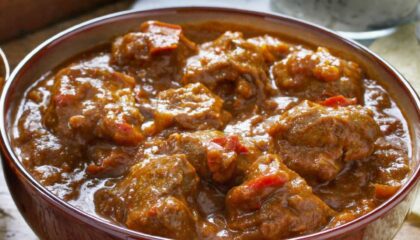 Read more +
December 28, 2022 By Amchur Restaurant in Blogs
Read more +
December 28, 2022 By Amchur Restaurant in Blogs
Indian Curry Popularity in the UK
-
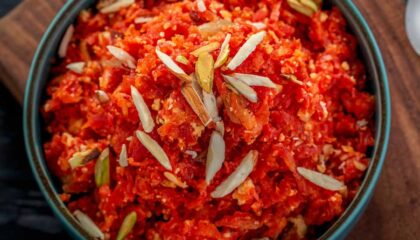 Read more +
December 23, 2022 By Amchur Restaurant in Blogs
Read more +
December 23, 2022 By Amchur Restaurant in Blogs
Lip smacking comfort foods to soothe your soul
-
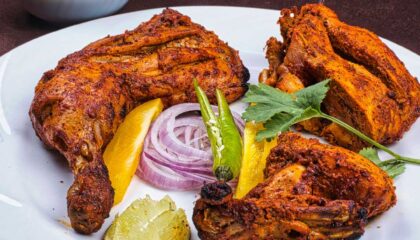 Read more +
December 15, 2022 By Amchur Restaurant in Blogs
Read more +
December 15, 2022 By Amchur Restaurant in Blogs
Indian Food Choices for Special Occasions
-
 Read more +
November 11, 2022 By Amchur Restaurant in Blogs
Read more +
November 11, 2022 By Amchur Restaurant in Blogs
Creating a Positive Dining Experience
-
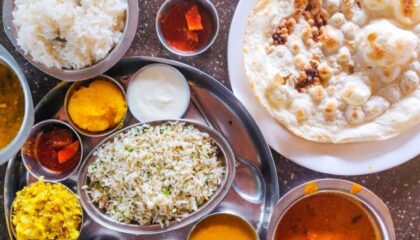 Read more +
October 9, 2022 By Amchur Restaurant in Blogs
Read more +
October 9, 2022 By Amchur Restaurant in Blogs
Health Benefits of an Indian Diet
-
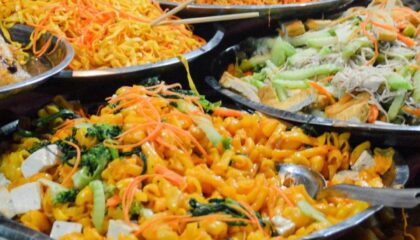 Read more +
By Amchur Restaurant in Blogs
Read more +
By Amchur Restaurant in Blogs
Seasonal Foods and its Health Benefits
-
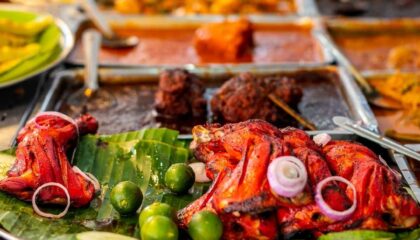 Read more +
October 3, 2022 By Amchur Restaurant in Blogs
Read more +
October 3, 2022 By Amchur Restaurant in Blogs
Indian food and its significance
-
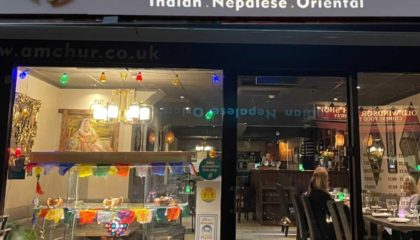 Read more +
September 19, 2022 By Amchur Restaurant in Blogs
Read more +
September 19, 2022 By Amchur Restaurant in Blogs
Perfect Party Venue in Old Windsor : Amchur
-
 Read more +
September 8, 2022 By Amchur Restaurant in Blogs
Read more +
September 8, 2022 By Amchur Restaurant in Blogs
Choosing the Right New Year Party Venue
-
 Read more +
September 5, 2022 By Amchur Restaurant in Blogs
Read more +
September 5, 2022 By Amchur Restaurant in Blogs
Choosing the Right Christmas Party Venue

You must be logged in to post a comment.